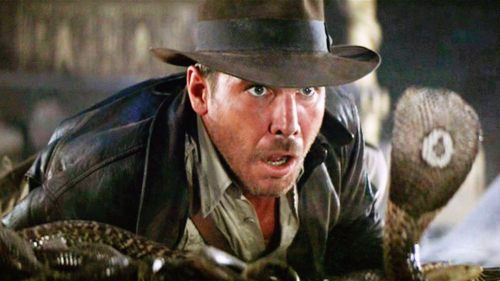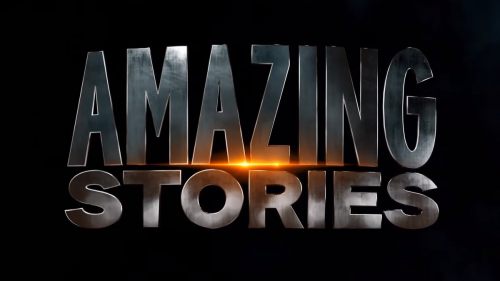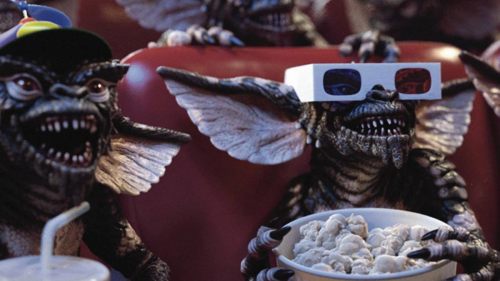HIGH NOON On Wheels: Steven Spielberg’s DUEL
It's near impossible to imagine a time when Steven Spielberg's name wasn't the biggest one on the movie poster, nor that the very sight of it didn’t incite some sort of feelings about the cinematic experience you were about to have.
But going back almost 45 years ago, before he was the biggest blockbuster director on the planet, a young 25-years-old, fairly unknown Spielberg was given his first major feature-length gig* after directing a segment of the pilot-movie for the anthology series Night Gallery starring Joan Crawford (as well asepisodes of Columbu and a few other notable '70s series). It's hard to even imagine a guy who has defined the big screen doing anything for the small screen. But it would be three years before his silver screen debut with 1974's The Sugarland Express and another year after that until he would terrify us to go back in the water with the film that that made his waves, the film that made Steven Spielberg THE Steven Spielberg, Jaws.
Granted Duel was a TV movie, but a highly successful TV movie at that, nominated for both a Golden Globe and an Emmy in 1972 and considered among the greatest TV movies ever made. So successful in fact that after it aired as ABC's "Movie of the Week," the network made the decision to turn the 74-minute made-for-television version into a full 90-minute film which Universal released wide in theaters in Europe, as well as a small run in select US theaters. To do so, Universal had Spielberg spend two extra days filming some additional scenes, extending the original shooting period from a whopping thirteen days to fifteen. If you think that's something, consider the fact that the original shoot was three days over its planned ten-day production schedule -- the same amount of time the director had to edit it before it aired on Saturday, November 13, 1971.
The way Spielberg technically shot the film, with Golden Age cinematographer Jack Marta in the passenger seat, was almost as dynamic as the film's wide, dramatic visual style. Spielberg used maps of the windy two-lane California highways they shot on as a sort of story-boarding Mapsco, plotting out major set pieces from the film along the Sierra Highway and other locales.
It was the simplistic road rage story that allowed the director to get creative in these ways. With a script written by Richard Matheson (I Am Legend), based on Matheson's Playboy-published short story of the same name, the film stars Dennis Weaver as a businessman in a fire-red Plymouth Valiant who finds himself stalked and tormented by a monstrous behemoth of a Peterbilt Tanker Truck while driving down a long stretch of highway in the California desert. Spielberg himself described it as his "High Noon on wheels."
A western of sorts it was, fitting considering Spielberg was about to enter the Wild West of a fading counter-culture underground avant-garde scene that had invaded Hollywood, and he’d become seminal in ushering in the return of the big screen popcorn blockbuster spectacle and defining the road map for what that meant to be even in today's cinematic landscape. That all began with Duel, which established Spielberg as a director with a unique visual and storytelling style that demanded attention. If that guy could make an hour and a half movie about a truck fucking with a car into an "edge-of-your-seat thrill ride," what else would he be able to do?!
*Duel was technically his second feature-length directing effort, after his 1971 The Name of the Game NBC series episode "L.A. 2017,” an episode that did not prove to have as much staying power or influence on his later career as Duel.
This was originally published in the April issue of Birth.Movies.Death. Duel screens at the Alamo Drafthouse this week.



